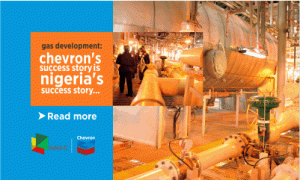Coming on stream since 1913, with the construction of the first four deep water berths in 1921, the Lagos Port Complex also referred to as Premiere Port (Apapa Quays) is the earliest and largest Port in Nigeria.
Currently, and under the management of Mrs. Aisha Ali-Ibrahim, the Port Manager, Lagos Port Complex, the Apapa Port is well equipped with modern cargo handling equipment and personnel support facilities making her cost effective and customer friendly.
With the speed in reconstructing the connecting rail system, it will begin to enjoy intermodal connection – Rail, Water and Road. It boasts of four wheel gate of about 8 meters for oversize cargoes and this has given the Port an edge over others in the handling of oversized cargoes.
For improved operational activities and efficiency the landlord Port model was introduced by the Federal Government and this later culminated in the concession of the terminals to private operators in 2006.
Presently, the Lagos Port Complex has five (5) private Terminals with expert management and personnel that have both local and international experience in port operation. The Terminal Operators are: AP Moller Terminal Ltd. (APMT), ENL Consortium Ltd. (ENL), Apapa Bulk Terminal Ltd. (ABTL), Greenview Development Nigeria Ltd. (GNDL) and Lilypond Inland Container Terminal.
Business Hilights investigations show that the Port also has two (2) Logistics bases- Eko Support Services Ltd. and Lagos Deep Offshore Logistics (LADOL) and eight (8) jetties. Sugar, Salt and Flour are produced in factories belonging to operators within the port.
Lagos Port Complex is registered as an ISPS certified Port facility with the International Maritime Organization (IMO).
The port offers 24hrs operation and vessel turnaround time is impressive. All operational areas are guarded by both armed and unarmed security personnel, as well as with Closed Circuit Television (CCTV) for effective manning.
The Concession has resulted in vast expansions in line with international best practices in Port infrastructure bringing about efficiency and improved productivity.









